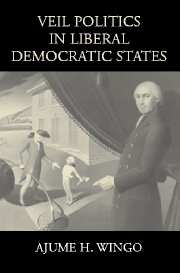2 - History, Culture, and Persons
Published online by Cambridge University Press: 05 June 2012
Summary
The Gettysburg Address stands as a marvelous example of oratory – perhaps unequaled in all of U.S. political history:
Four score and seven years ago our fathers brought forth on this continent, a new nation, conceived in liberty, and dedicated to the proposition that all men are created equal.
Now we are engaged in a great civil war, testing whether that nation, or any nation so conceived and so dedicated, can long endure … We here highly resolve that these dead should not have died in vain – that this nation, under God, shall have a new birth of freedom – and that government of the people, by the people, for the people, shall not perish from the earth.
Saying precisely what Lincoln's aims were in his Address is a controversial historical question. Characterizing the means he employed and the lasting effects of the Address, however, is far less controversial. These means included the skillful use of the history, symbols, and rituals shared not just by Lincoln's immediate audience, but also by Americans on both sides of a war that threatened to tear the Union in two. On the face of things, Lincoln's purpose at Gettysburg was simple: to dedicate a cemetery to the Union's fallen dead. But the way he did this had much greater effects, for what at first appeared only as the dedication of a particular plot of land ended up having a decisive impact on how Americans conceive of themselves.
- Type
- Chapter
- Information
- Veil Politics in Liberal Democratic States , pp. 25 - 46Publisher: Cambridge University PressPrint publication year: 2003



